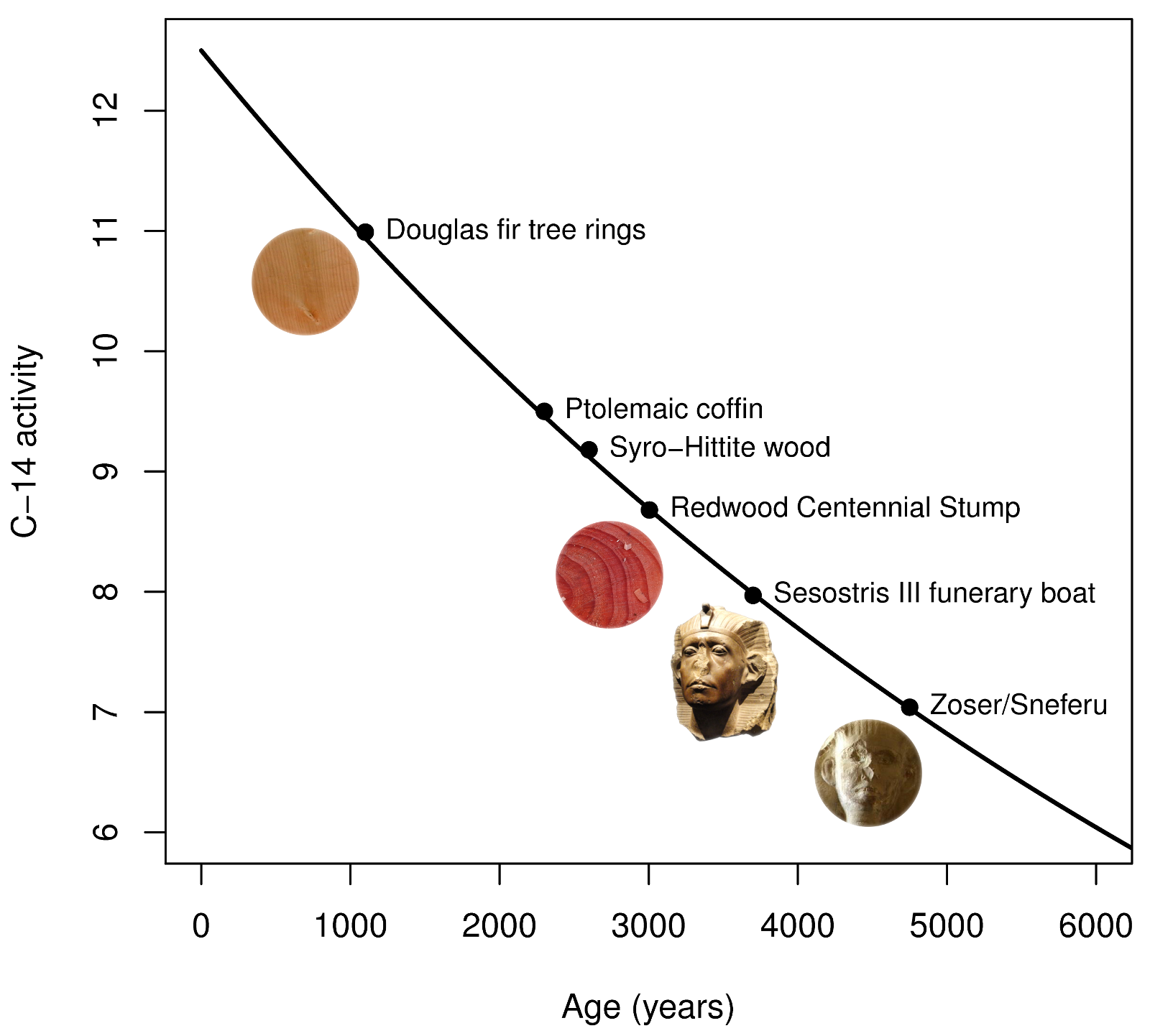Over the years, carbon 14 dating has also found applications in geology, hydrology, The CRA conventions include (a) usage of the Libby half-life, (b) usage of.
Table of contents
- How Does Carbon Dating Work
- Navigation menu
- Radiometric dating
- 17.6: Radiocarbon Dating: Using Radioactivity to Measure the Age of Fossils and Other Artifacts
- Carbon 14 Dating - Math Central
How Does Carbon Dating Work
The CRA conventions include a usage of the Libby half-life, b usage of Oxalic Acid I or II or any appropriate secondary standard as the modern radiocarbon standard, c correction for sample isotopic fractionation to a normalized or base value of These values have been derived through statistical means. American physical chemist Willard Libby led a team of scientists in the post World War II era to develop a method that measures radiocarbon activity.
He is credited to be the first scientist to suggest that the unstable carbon isotope called radiocarbon or carbon 14 might exist in living matter.
- What is Radiocarbon Dating?.
- shy guys dating site.
- dad dating gold digger.
- Radiocarbon dating.
- advice dating single mothers.
- How do geologists use carbon dating to find the age of rocks?.
Libby and his team of scientists were able to publish a paper summarizing the first detection of radiocarbon in an organic sample. It was also Mr. Libby was awarded the Nobel Prize in Chemistry in recognition of his efforts to develop radiocarbon dating. Discovery of Radiocarbon Dating accessed October 31, Sheridan Bowman, Radiocarbon Dating: Interpreting the Past , University of California Press. Accelerator Mass Spectrometry AMS dating involves accelerating ions to extraordinarily high kinetic energies followed by mass analysis.
The application of radiocarbon dating to groundwater analysis can offer a technique to predict the over-pumping of the aquifer before it becomes contaminated or overexploited. Beta Analytic does not accept pharmaceutical samples with "tracer Carbon" or any other material containing artificial Carbon to eliminate the risk of cross-contamination.
Radiocarbon Dating Groundwater The application of radiocarbon dating to groundwater analysis can offer a technique to predict the over-pumping of the aquifer before it becomes contaminated or overexploited.
Navigation menu
Tracer-Free AMS Dating Lab Beta Analytic does not accept pharmaceutical samples with "tracer Carbon" or any other material containing artificial Carbon to eliminate the risk of cross-contamination. To provide you with the best possible user experience, this website uses cookies.
If you continue to browse this site, you are agreeing to our use of cookies. To learn more, please view our Privacy Policy. They found a form, isotope, of Carbon that contained 8 neutrons and 6 protons.

Using this finding Willard Libby and his team at the University of Chicago proposed that Carbon was unstable and underwent a total of 14 disintegrations per minute per gram. Using this hypothesis, the initial half-life he determined was give or take 30 years.
Although it may be seen as outdated, many labs still use Libby's half-life in order to stay consistent in publications and calculations within the laboratory. From the discovery of Carbon to radiocarbon dating of fossils, we can see what an essential role Carbon has played and continues to play in our lives today.
Radiometric dating
The entire process of Radiocarbon dating depends on the decay of carbon This process begins when an organism is no longer able to exchange Carbon with their environment. Carbon is first formed when cosmic rays in the atmosphere allow for excess neutrons to be produced, which then react with Nitrogen to produce a constantly replenishing supply of carbon to exchange with organisms. Skills to Develop Identify the age of materials that can be approximately determined using radiocarbon dating. The Carbon cycle Radiocarbon dating usually referred to simply as carbon dating is a radiometric dating method.
17.6: Radiocarbon Dating: Using Radioactivity to Measure the Age of Fossils and Other Artifacts
History The technique of radiocarbon dating was developed by Willard Libby and his colleagues at the University of Chicago in Summary The entire process of Radiocarbon dating depends on the decay of carbon Carbon dating can be used to estimate the age of carbon-bearing materials up to about 58, to 62, years old. The carbon isotope would vanish from Earth's atmosphere in less than a million years were it not for the constant influx of cosmic rays interacting with atmospheric nitrogen.
One of the most frequent uses of radiocarbon dating is to estimate the age of organic remains from archeological sites. A Chronological Tool for the Recent Past.
Carbon 14 Dating - Math Central
At any particular time all living organisms have approximately the same ratio of carbon 12 to carbon 14 in their tissues. When an organism dies it ceases to replenish carbon in its tissues and the decay of carbon 14 to nitrogen 14 changes the ratio of carbon 12 to carbon Experts can compare the ratio of carbon 12 to carbon 14 in dead material to the ratio when the organism was alive to estimate the date of its death.
Radiocarbon dating can be used on samples of bone, cloth, wood and plant fibers. The half-life of a radioactive isotope describes the amount of time that it takes half of the isotope in a sample to decay. In the case of radiocarbon dating, the half-life of carbon 14 is 5, years.